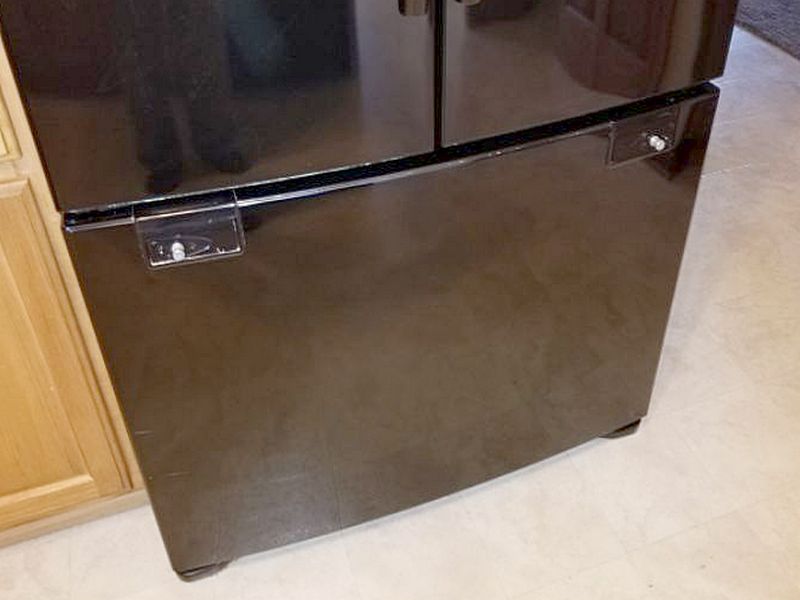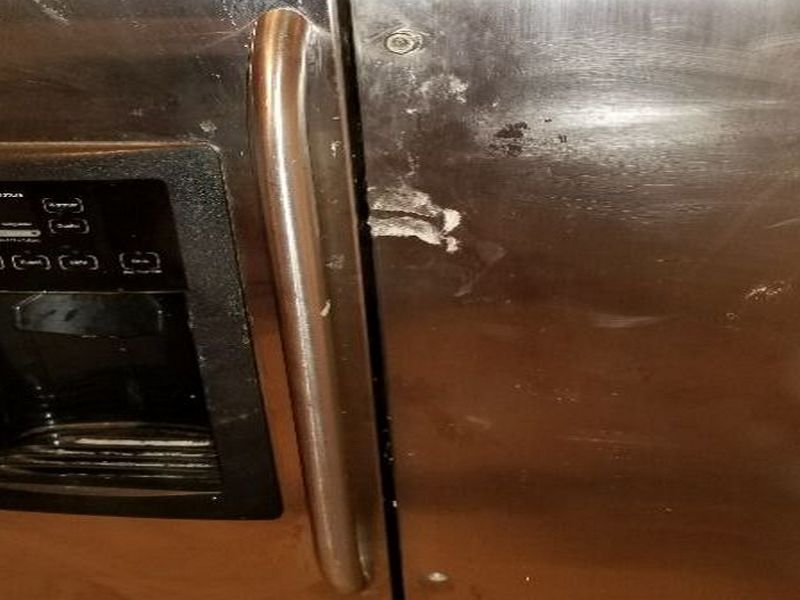Imagine if you built a small room, and made it very tight and super-insulated. If you add sufficient air conditioning to drive the interior temperature below freezing, you’ve just made a walk-in freezer! That’s basically what your home’s refrigerator/freezer is. Remember: AC units don’t “make cold”, they remove heat. That happens in the freezer section. The cold air there is pumped by a fan into the refrigerator compartment and regulated to an appropriate temperature. Modern refrigerator/freezers aren’t just dark, cold boxes. They often dispense water and ice, have filters, racks, slide-outs, and multiple sections. We need to look at all of this in addition to just making sure everything’s cold enough.
Use your IR camera or thermometer to check the appliance’s temperatures. The refrigerator section must be between 34° F. and 40° F. The freezer should be well below freezing; at or near 0° F is recommended. Check all ice and water dispensing functions, and look carefully for leaks. Door seals must be in good condition to maintain temperatures. Cabinet-mounted models must be secure. All refrigerator/freezers should be on a dedicated circuit.
The refrigerator is inoperative. This prevents normal use. Repair or replace the refrigerator as needed.
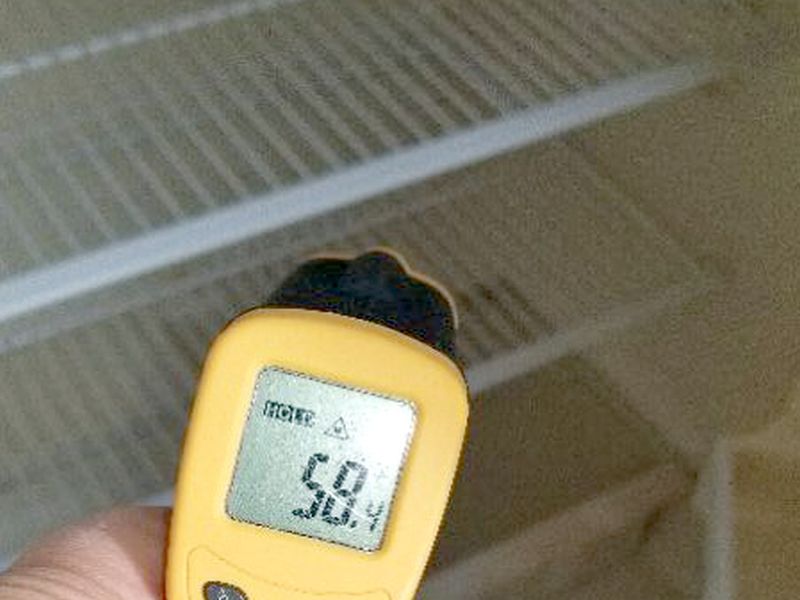
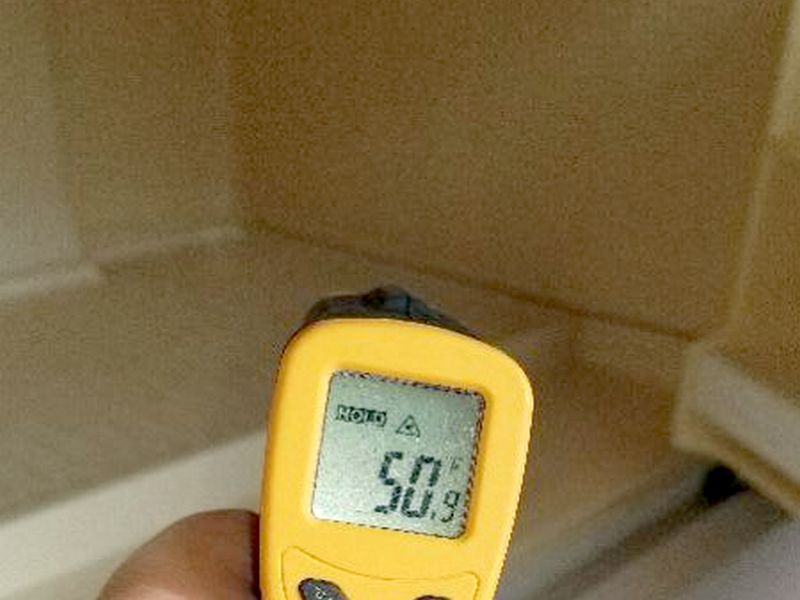
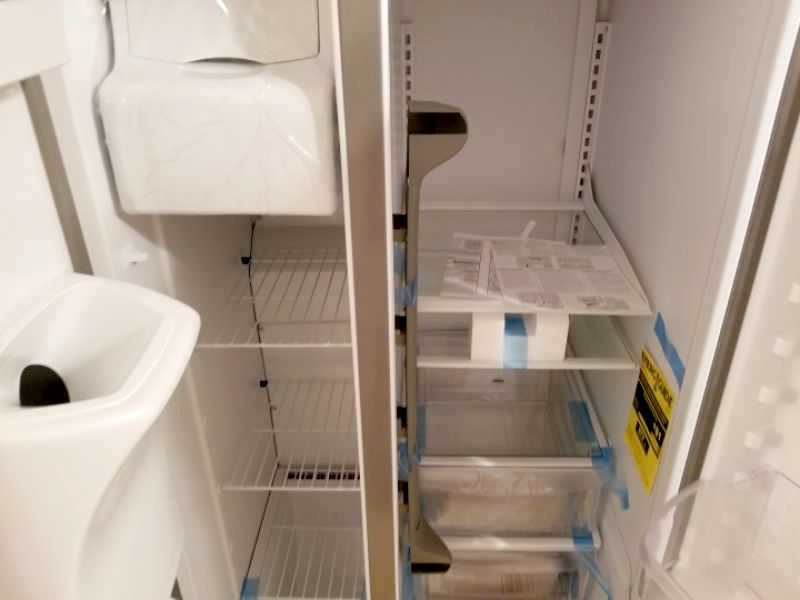
The refrigerator ice-maker is not working properly. This affects normal use. Repair or replace the ice-maker.
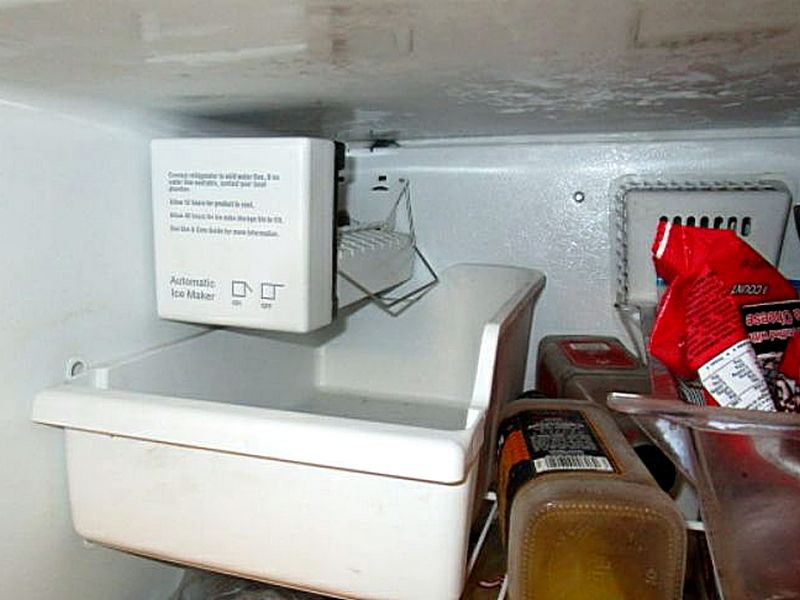
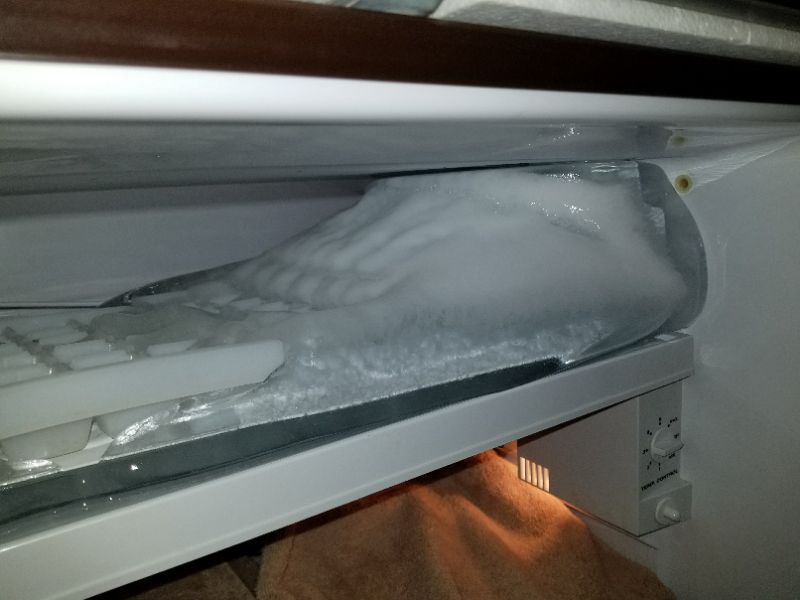
The refrigerator water dispenser is not working properly. This affects normal use. Repair or replace the water dispenser.

The refrigerator water supply is leaking. This can cause damage. Repair or replace the refrigerator as needed.
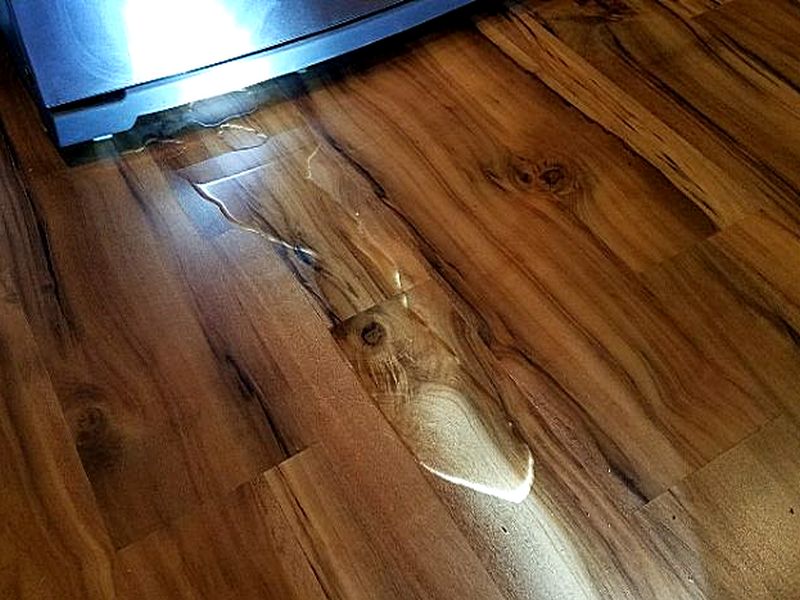
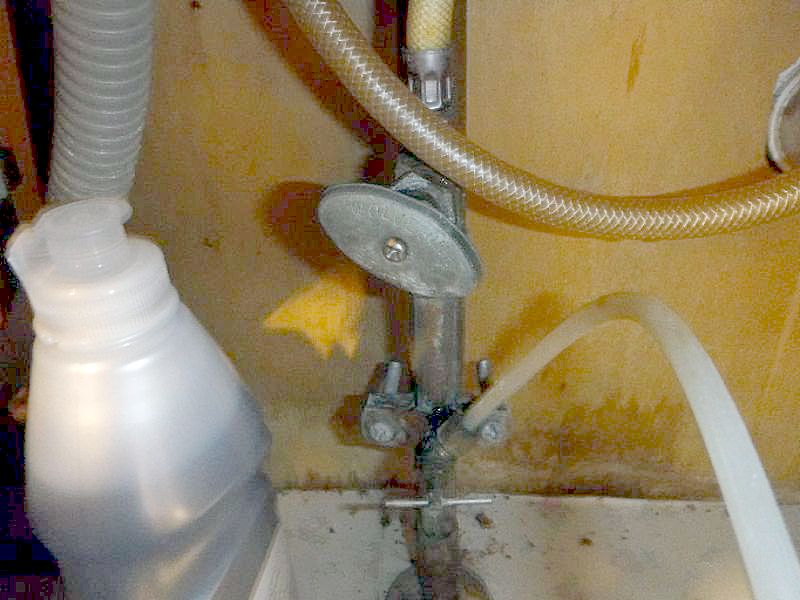
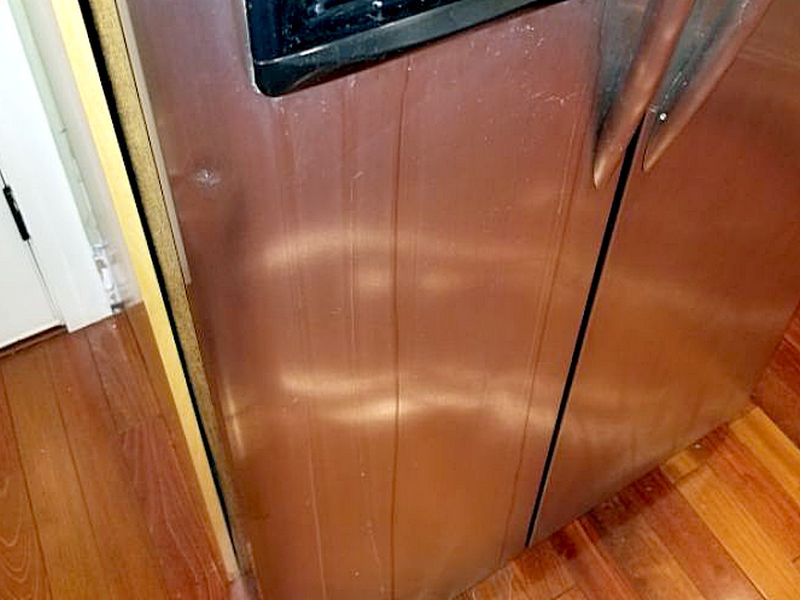
The refrigerator door gasket is worn or damaged. The temperature may be prone to fluctuations. This affects proper function. Replace the gasket.
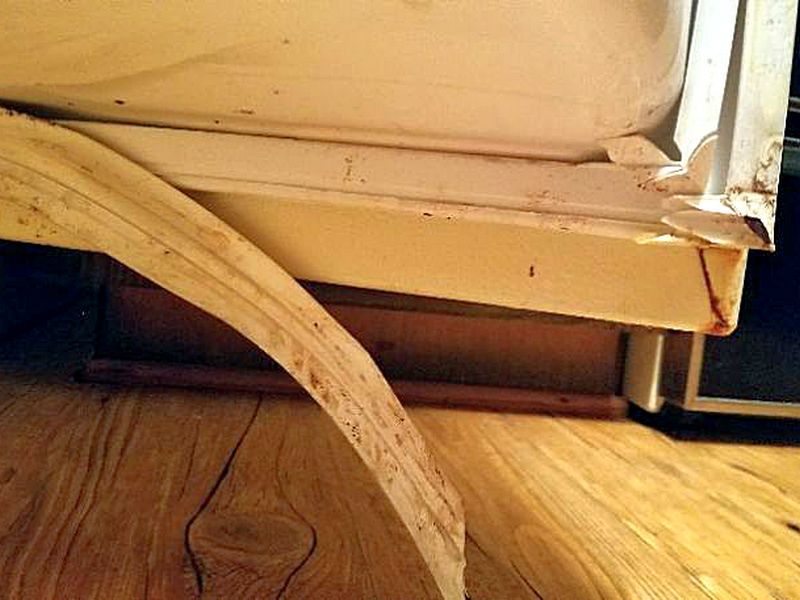
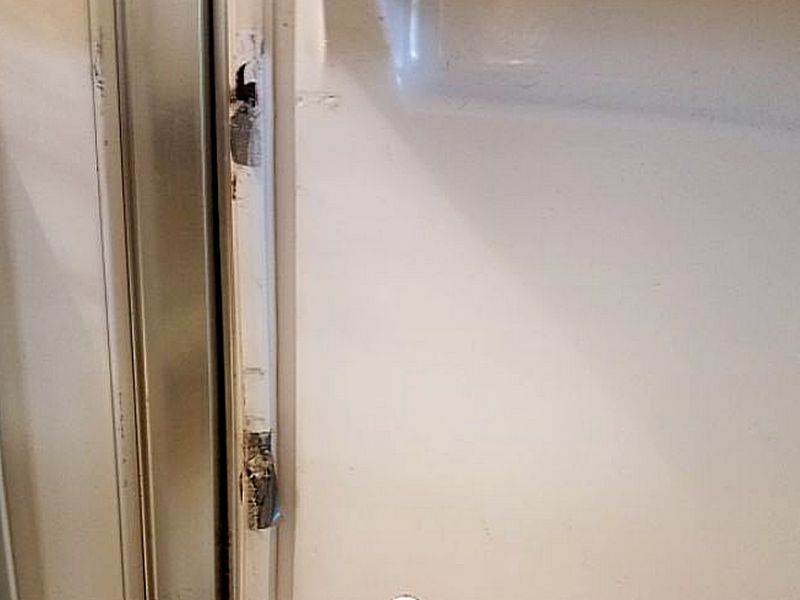
The refrigerator has damaged interior components. This affects proper function. Repair or replace the refrigerator as needed.
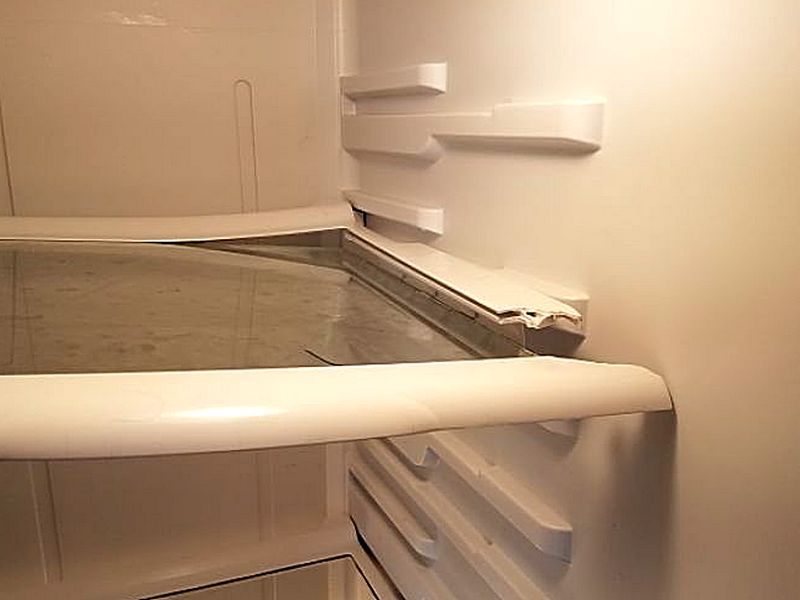
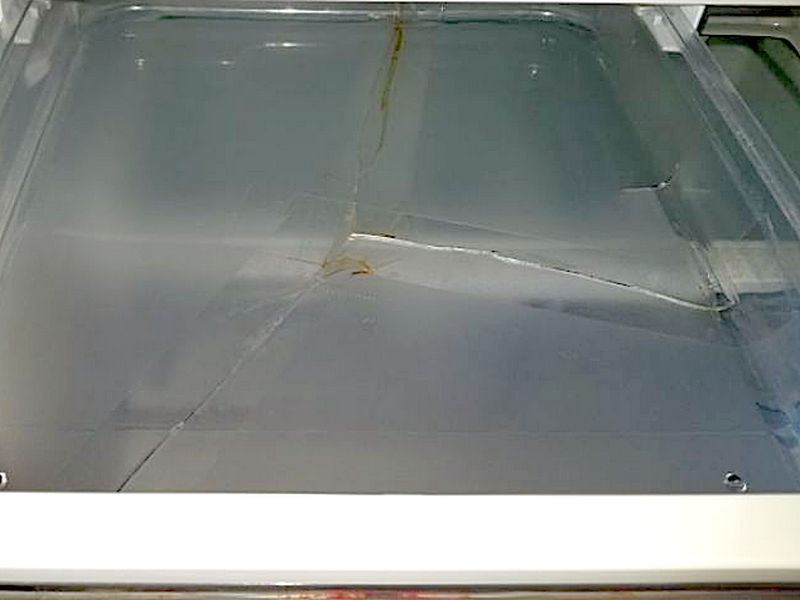
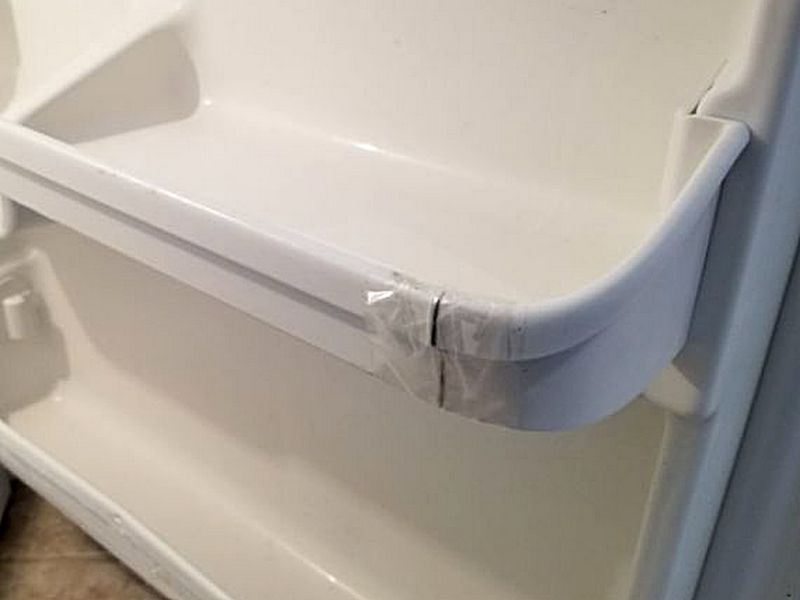
The refrigerator door handle is broken or missing. This affects proper function. Replace the door handle.
